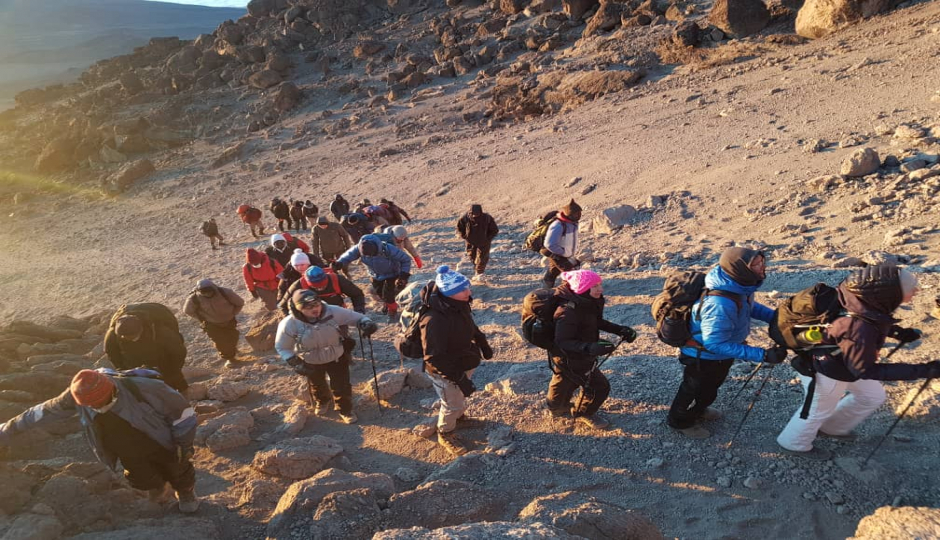
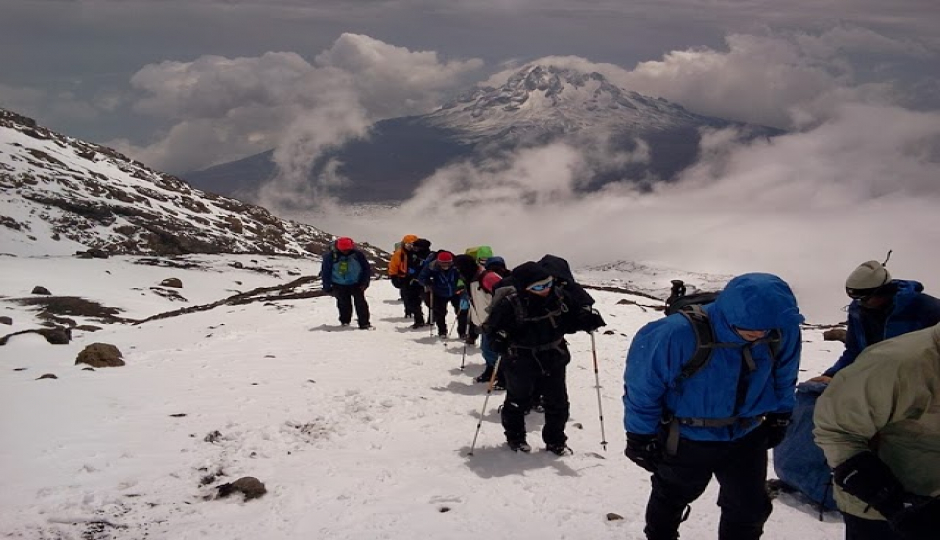
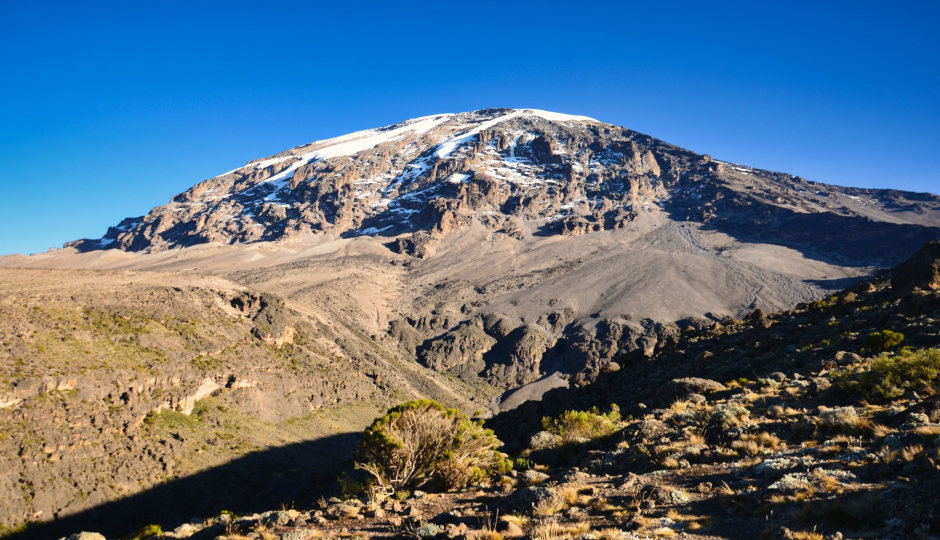
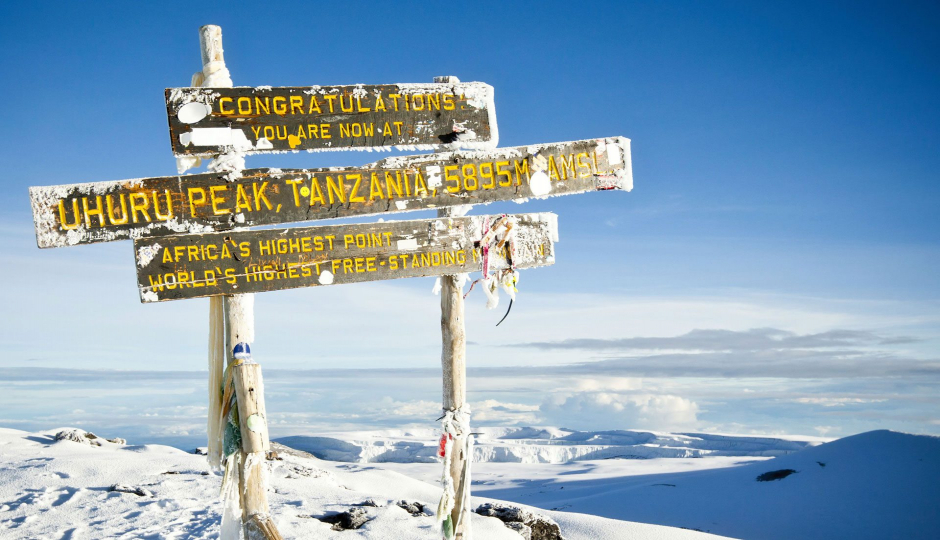




Mount Kilimanjaro, the highest peak in Africa, is not only a bucket-list destination for adventure enthusiasts but also a breathtaking experience for nature lovers. Standing at 5,895 meters, Kilimanjaro offers a unique opportunity to witness diverse landscapes, incredible wildlife, and some of the most stunning views imaginable. While there are several routes to the summit, the Lemosho Route is widely regarded as the most scenic. In this blog, we will explore why the Lemosho Route is considered the most beautiful, its key highlights, and what you can expect during this unforgettable journey.
WHAT MAKES THE LEMOSHO ROUTE SO SCENIC?
Kilimanjaro offers multiple routes to the summit, but the Lemosho Route stands out due to its unparalleled natural beauty and gradual acclimatization profile. Starting from the lush rainforests of the lower slopes, the route takes you through diverse landscapes—from dense forests to alpine meadows, moorlands, and finally, the glacier-capped summit. Here's why the Lemosho Route is the most scenic:
Varied Landscapes: The Lemosho Route passes through five distinct climate zones, each offering a unique perspective of Kilimanjaro’s ecosystem.
Uncrowded and Serene: Unlike the popular Machame and Marangu routes, Lemosho is less crowded, offering a more peaceful and intimate connection with nature.
360-Degree Views: As the trail wraps around the western side of Kilimanjaro, trekkers are treated to panoramic views that other routes don’t offer, especially of the Shira Plateau and Mount Meru.
Abundant Wildlife: The starting point in the Lemosho Glades provides a chance to spot wildlife like buffaloes, elephants, and colobus monkeys.
KEY HIGHLIGHTS OF THE LEMOSHO ROUTE
The Lemosho Route spans over 70 kilometers and is typically completed over 7 to 8 days, providing ample time to acclimatize and take in the surroundings. Here's a breakdown of the key highlights along the journey:
1. LUSH RAINFOREST AND WILDLIFE AT LEMOSHO GLADES
Your journey begins in the remote Lemosho Glades on the western side of Kilimanjaro. This area is teeming with wildlife, and if you're lucky, you might spot some large animals like elephants or buffaloes as you make your way through the dense rainforest. The trail is lush, green, and vibrant, with towering trees and exotic birds singing from the canopies. It's the perfect introduction to Kilimanjaro’s rich ecosystem and a gentle start to your ascent.
2. THE VAST SHIRA PLATEAU
After the rainforest, the trail opens up to the expansive Shira Plateau, a unique high-altitude desert. This plateau was formed by volcanic activity millions of years ago, and today, it provides some of the most spectacular views on Kilimanjaro. As you trek across the plateau, the sight of Kilimanjaro’s snow-capped peak looming in the distance is awe-inspiring. On clear days, you’ll also catch views of Mount Meru, another iconic Tanzanian peak.
The Shira Plateau is often described as one of the most picturesque parts of the trek, with its vast open landscapes, dramatic ridgelines, and occasional wildlife sightings.
3. LAVA TOWER AND BARRANCO VALLEY
As you continue your ascent, the landscape transitions into rugged alpine terrain. The next major landmark is Lava Tower, a massive volcanic plug that rises 300 feet above the surrounding plains. Reaching Lava Tower is a critical acclimatization step, as it pushes your body to higher altitudes before descending into the Barranco Valley to sleep.
The descent into Barranco Valley is one of the most visually stunning parts of the trek. Known as the "Garden of Senecio," this valley is filled with giant groundsel plants that grow up to 5 meters tall, creating a surreal, otherworldly landscape. The towering cliffs of the Barranco Wall make for a dramatic backdrop as you make your way through this lush, green valley.
4. THE BARRANCO WALL: A SCENIC CHALLENGE
The Barranco Wall is a steep, 300-meter climb that looks intimidating at first, but it’s more of a scramble than a technical climb. The wall offers breathtaking views as you ascend, and reaching the top is a rewarding accomplishment for any climber. From the summit of the Barranco Wall, the trail flattens out, offering spectacular panoramic views of Kilimanjaro’s glaciers and the surrounding landscape.
5. KARANGA VALLEY AND THE ALPINE DESERT
As you trek through the Karanga Valley, the landscape becomes increasingly barren, transitioning into an alpine desert. This area has an eerie, otherworldly quality, with its stark, rocky terrain and sparse vegetation. The high-altitude sunrises and sunsets in this part of the route are incredibly dramatic, with the mountain casting long shadows across the valley below.
6. SUMMIT NIGHT: THE ROOF OF AFRICA
After several days of gradual acclimatization and breathtaking scenery, it’s time for the final push to the summit. The ascent begins just before midnight, allowing you to reach the summit in time for the sunrise. As you trek in the dark, the sight of stars overhead and the glimmer of headlamps snaking up the mountain adds a surreal touch to this once-in-a-lifetime experience.
As you reach Stella Point (5,739 meters), the first rays of sunlight will start to illuminate the surrounding glaciers, creating a breathtaking scene. From here, it's a relatively short trek to Uhuru Peak, the highest point on Mount Kilimanjaro and the “Roof of Africa.” Reaching the summit is the ultimate reward, and the views from the top are simply unforgettable—endless skies, glaciers, and the curvature of the earth in the distance.
7. DESCENDING THROUGH THE MWEKA ROUTE
The descent is via the Mweka Route, which takes you back through the moorlands and rainforests. While the thrill of reaching the summit will still be fresh, the descent provides a different perspective of the mountain, allowing you to appreciate its natural beauty from a new angle.
WHY CHOOSE THE LEMOSHO ROUTE?
Better Acclimatization: The Lemosho Route offers a gradual ascent with plenty of time for acclimatization, making it one of the routes with the highest success rates for reaching the summit.
Fewer Crowds: Unlike the more popular routes, Lemosho is quieter, allowing for a more personal and immersive experience.
Incredible Scenic Variety: From rainforests to high-altitude deserts and glaciers, the diversity of landscapes is unmatched.
For those seeking the most scenic and rewarding Kilimanjaro experience, the Lemosho Route is hard to beat. With its rich biodiversity, breathtaking vistas, and less-traveled paths, it offers an unforgettable adventure through one of the world’s most iconic landscapes. Whether you're a seasoned trekker or a first-time climber, the Lemosho Route will leave you in awe of Kilimanjaro's natural beauty and the sheer wonder of standing on the summit of Africa.
Ready to take on Kilimanjaro? Start planning your journey through the Lemosho Route today and experience the beauty and adventure of Africa's highest peak.




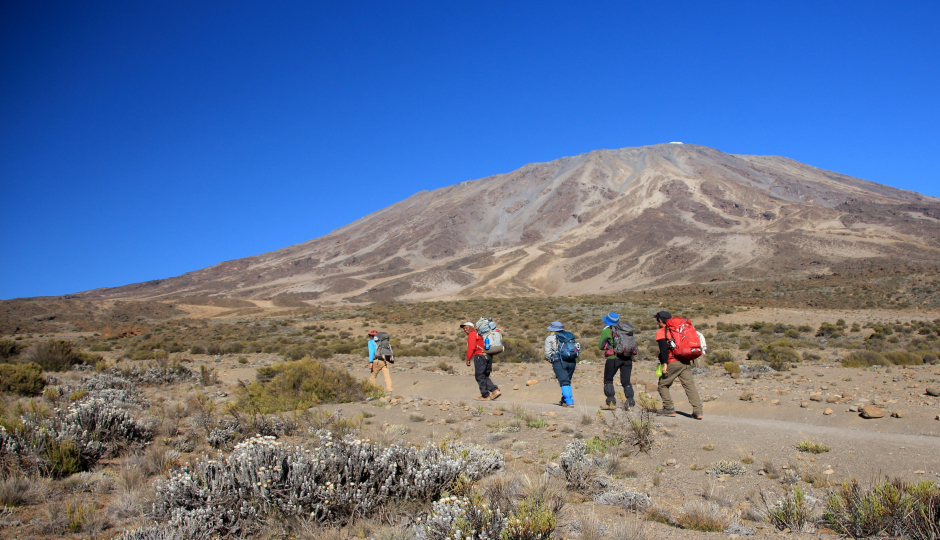
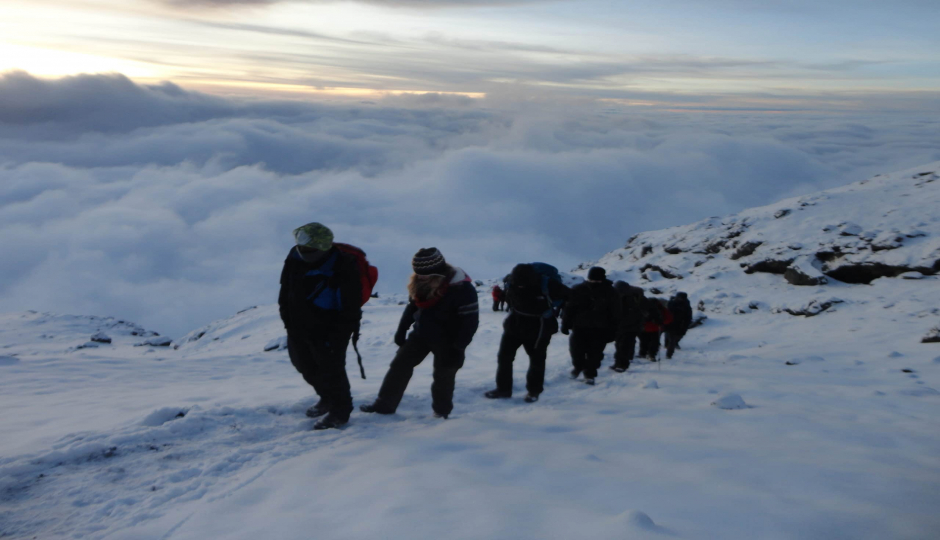
What is a Reasonable Tanzania Safari Itinerary?
How Do I Plan a Kilimanjaro Climb?
To book your adventure, simply send us an email detailing your desired experience—whether it's climbing Mount Kilimanjaro, going on a Tanzania safari, or enjoying the Zanzibar beach.
We'll promptly respond with all the information you need to finalize your plans. Plus, we offer the convenience of online payment to make the process even smoother.
View Packages